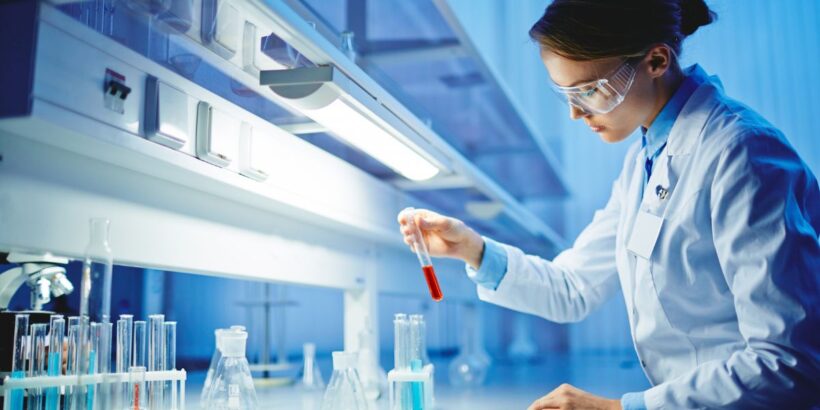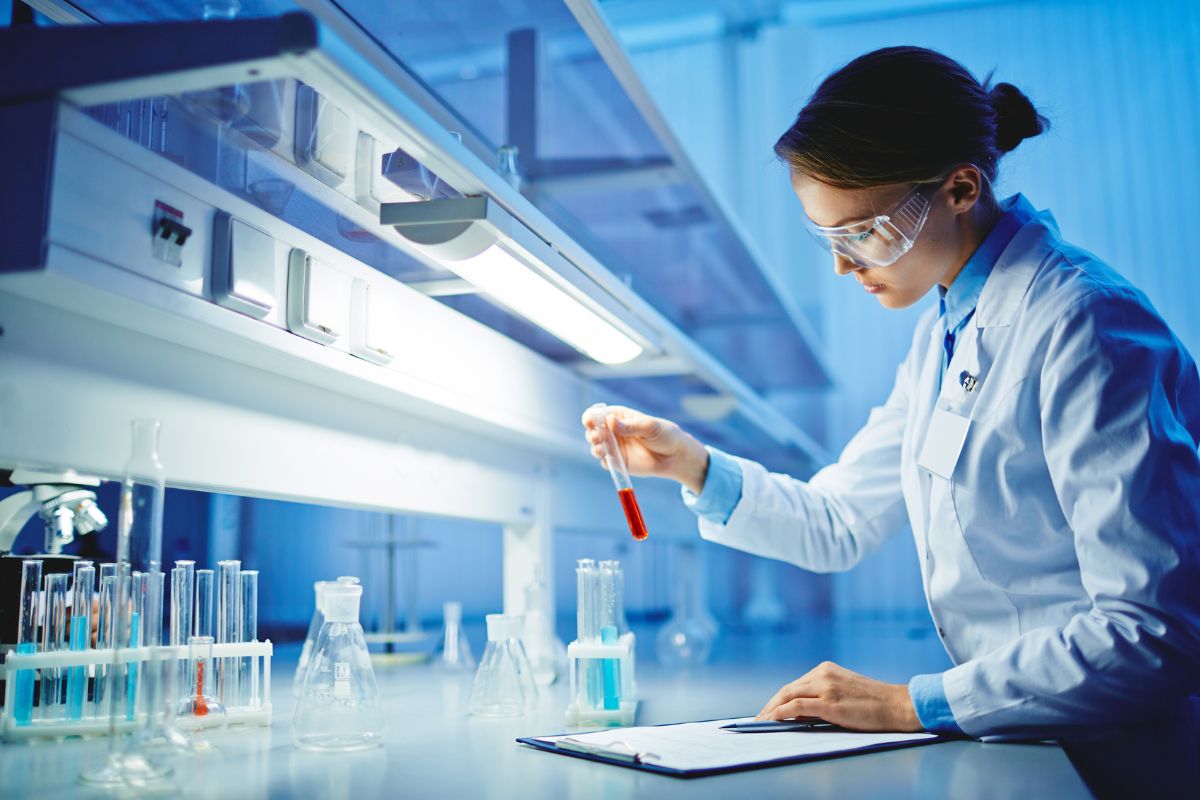Laboratory work is rife with potential contamination hazards. Preventing cross-contamination is a relentless battle, with the stakes being the integrity of results, lab personnel’s well-being, and scientific advancement’s very future. It’s a demanding aspect of the job, but one that is manageable if approached with the right strategies. Below, we take a look at how to reduce cross-contamination in labs and shine a light on culprits and safety strategies.
The Risk of Cross-Contamination
In the controlled environment of a laboratory, contamination can still stealthily sneak in. From minute sample transfers to common-use equipment, the pathways for contamination are vast. Even a single stray molecule can falsify results or, in a worst-case scenario, lead to an alarming safety breach. This is why a rigorous approach to contamination control and an art form of the scientific process are necessary.
For laboratories engaged in bioprocessing and sample analysis, the age-old debate of single-use versus reusable products comes into play. While the former offers a pristine, untouched surface for every use, the latter’s cost-efficiency is preferable.
What is Cross-Contamination?
Cross-contamination occurs when unwanted microbes, chemicals, or particles unintentionally transfer from one sample to another. This transfer can happen through various vectors: equipment, surfaces, the environment, and personnel. It’s a particularly tricky foe to fight because it often operates in the realm of the unseen—undetectable through traditional means until it’s too late.
Even the smallest of labs can encounter cross-contamination. Pipette tips shared between tubes, lab benches used for sample processing, and the reuse of containers are all sources of unintended contamination.
Unveiling the Culprits Behind Cross-Contamination
Investigating the causes of cross-contamination often reveals a trifecta of fault lines. Firstly, lab design flaws can inadvertently encourage the mingling of sample types and create areas that are difficult to clean. Secondly, equipment can serve as a Trojan horse for previously handled elements, especially when not adequately maintained. Lastly, human error due to fatigue, negligence, or a lack of awareness remains the most unpredictable source of contamination within the lab environment.
Despite our best intentions, slip-ups happen. A vial isn’t securely capped, improperly washed containers, or a surface without sanitization. We need to accept this fallibility and construct our protocols and environments with fail-safes in mind.
Building a Fortress Against Contamination
A multi-tiered mitigation strategy is essential. It starts with the lab’s physical design, which should emphasize segregation. Complement this structure with vigilant housekeeping practices, regular maintenance schedules, and a steadfast use of PPE. Adopting cutting-edge technologies, like automated cleaning systems, can further fortify protection layers.
The Core Tenets of Laboratory Safety
Cross-contamination is a persistent threat, but it’s entirely manageable. By remaining vigilant, continually reassessing protocols, and staying abreast of the latest protections, labs can operate with a high degree of confidence in their safety and integrity.
Reducing cross-contamination in labs is a dynamic process involving both high-tech measures and the everyday execution of best practices. It’s a task that necessitates the commitment of every individual in the laboratory.

